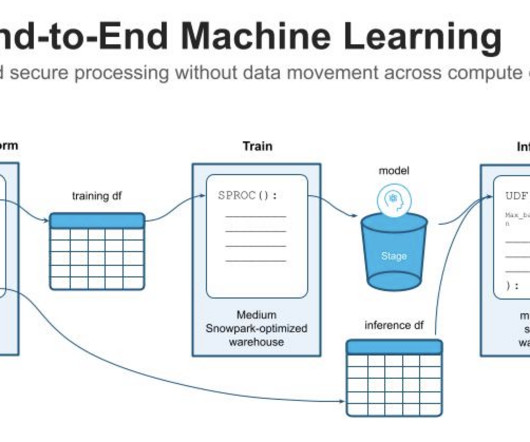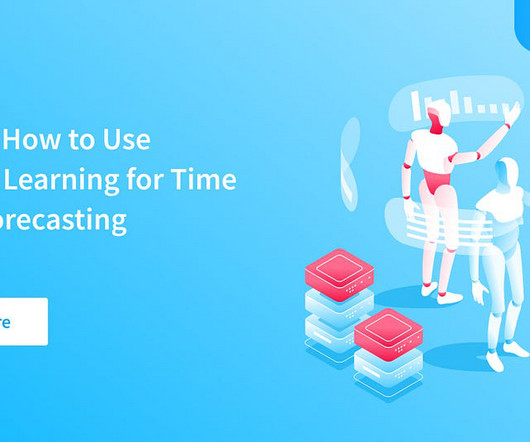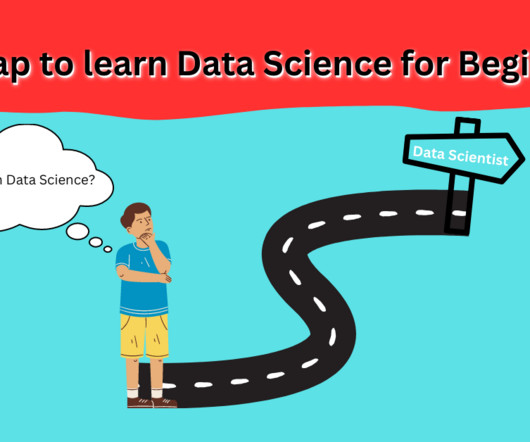MLOps and the evolution of data science
IBM Journey to AI blog
AUGUST 11, 2023
Machine learning (ML), a subset of artificial intelligence (AI), is an important piece of data-driven innovation. Machine learning engineers take massive datasets and use statistical methods to create algorithms that are trained to find patterns and uncover key insights in data mining projects.

















Let's personalize your content